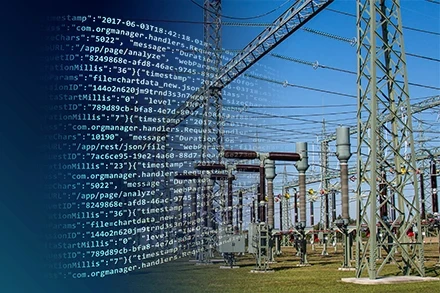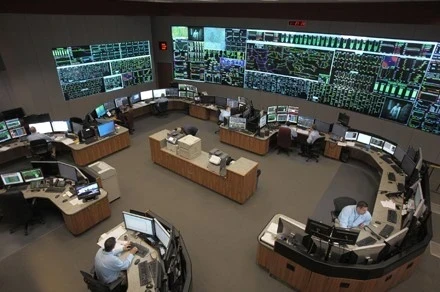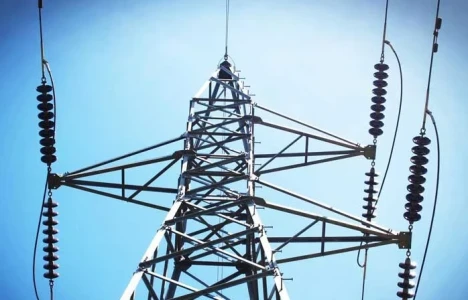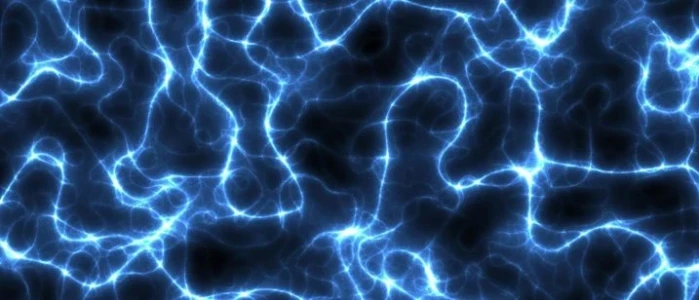Substation Automation
New data suggests real-time pricing can help customers save money
Transmission Planning for Grid Security
Substation Automation

SUBSTATION AUTOMATION AND INTEGRATION PROGRAMS
Newton-Evans Research Company, Inc. of Ellicott City, MD is preparing to publish market research findings from Volume 1 of a four-volume study, “The World Market for Substation Automation and Integration Programs in Electric Utilities: 2017-2020.” Volume 1 of this Substation Automation and Integration study is based on a 22 question survey of 65 electric utilities that provide electricity to a combined total of 23 million end users in the U.S. and Canada. Our article on...
Related Articles

Transmission Planning for Grid Security
Recent physical attacks on substations have heightened the industry’s awareness of the necessity for physical security of critical facilities on the bulk power system. The goal of the North American Electric Reliability Corporation (NERC) Critical Infrastructure Protection (CIP) reliability...

The Role of Digital Twins in Substation Management and Grid Optimization
In recent years, digital twin technology has emerged as a game-changer in various industries, and the power sector is no exception. Digital twins are transforming how substations are managed by creating virtual replicas that provide insights into performance and potential issues. A digital...

Substation Focused on Environmental Design
One of the important trends in the design of new overhead lines over the past 20 years has been the development of structures and designs that are less obtrusive and more pleasing visually. Much the same process has also been going on at substations. Green infrastructure begins with sustainable...

SCADA for Substations
How new technologies can improve monitoring and control BY LOURENCO TEODORO, InduSoft Substations are a critical component for maintaining electrical supply and load control in low voltage, medium voltage and high voltage electrical distribution networks. In order to ensure the proper functioning...

Smart Substations and Their Role in the Evolving Smart Grid
The power industry is undergoing a profound transformation driven by grid modernization, renewable integration, and increasing demands for resilience and efficiency. At the heart of this evolution lies the smart substation—a next-generation facility equipped with advanced sensors, digital...

Understanding the IEC 61850 Protocol in Substation Automation
The IEC 61850 protocol has become the global standard for substation automation, enabling high-speed communication, interoperability, and streamlined integration of intelligent electronic devices (IEDs). It plays a foundational role in transforming traditional substations into digital substations...

FERC Complaint Targets Duke, PJM Transmission Planning
A coalition of large energy consumers and ratepayer advocates has filed a complaint with the Federal Energy Regulatory Commission (FERC), urging the agency to prohibit transmission owners from independently planning "local" transmission projects exceeding 100 kilovolts (kV). The coalition argues...

The Role of Renewable Energy in the Smart Grid: Transforming Power Generation, Transmission, and Distribution
The integration of renewable energy sources (RES) into smart grid systems represents a fundamental shift in how energy is generated, managed, and consumed. This transformation is vital for modernizing energy infrastructure, enhancing grid reliability, and fostering sustainability. The shift from a...

FERC Conference Highlights Challenges in Resource Adequacy
The Federal Energy Regulatory Commission (FERC) recently hosted the Co-Located Load Conference, a significant event that focused on resource adequacy, energy reliability, and the challenges of ensuring sufficient electricity supply amidst changing grid dynamics. As the energy landscape continues to...

FERC Approves Interconnection for Talen Energy, Amazon Data Center
In a significant move that underscores the growing demand for reliable and sustainable energy to power the expanding digital infrastructure, the Federal Energy Regulatory Commission (FERC) has approved an interconnection agreement between Talen Energy, Amazon Web Services (AWS), and Exelon. This...
